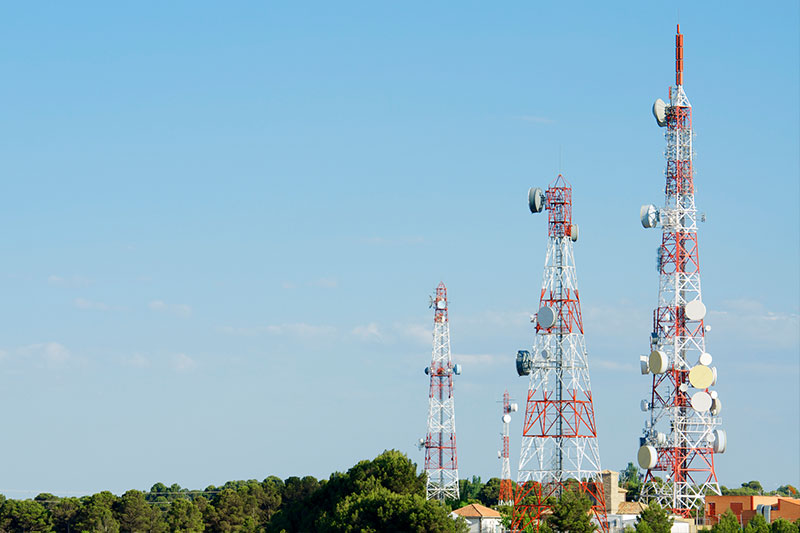If you've ever been through a town you might have noticed tiny mini 5G cell towers on street light poles. They look like little boxes, but they're actually broadcasting wireless signals from mobile providers to your mobile.
The smaller ones are being replaced by the larger built cell towers. Although they're not as visible however, they could cause problems for people.
It is the of the FCC's Radiation Exposure Thresholds
The FCC's Radiation Exposure Thresholds determine the maximum amount of time one can expose to electromagnetic energy generated by wireless devices. The exposure limits are based upon scientific research which show that the energy of RF could be harmful to human health.
The rate of absorption called the specific absorption rate (SAR) is a measure of the amount of radiofrequency energy that is absorption by tissues. It is typically 1.6 Watts per kilogram spread over a kilogram of tissue.
But, since 5g operates at higher frequencies, it has the potential to increase the intensity of energy on the skin as well as other body areas. This could lead to various potential problems, including an increased the development of skin conditions like dermatitis, cancer of the skin and cataracts.
Due to the possible harmful effects of radiation from 5G, PSU has chosen to create a general maximum power density of four MW/cm2 measured on 1cm2, and not exceeding 30 minutes for the entire 5G spectrum at 3000 GHz. This limit for localization is in line with the maximum SAR spatial-average of 1.6 W/kg, averaged over one grams of tissues at six GHz.
The FCC's Maximum Exposure Thresholds
If you've ever used a mobile phone, then you've probably realized that the safest location from the tower should be at least 400 meters. This is because the transmitting power of a cell tower increases dramatically the farther the tower is.
Although this may sound like something that's good however, those living close to towers may actually be more prone to health problems. For instance, a study conducted in 2014 in India found that residents living within 50 meters from cell towers suffered significantly more health complaints than those who were distance from them.
This study showed that residents who moved to areas that were further from cell towers noticed their symptoms return to normal within a couple of days. Another study has demonstrated that exposure to extreme levels of radiofrequency electromagnetic fields (EMFs) can lead to cancer, brain tumors, and other health problems.
This is because the RF radiation used in wireless communication can be absorbed by the body's outer layer, which is the skin. This is vital to be aware of because the skin serves as a protective barrier against injuries caused by mechanical forces, infections from pathogenic microorganisms, as well as infiltration of toxic substances. It is also the biggest organ of the human body. It is accountable for protecting other organs.
The FCC's Minimum Exposure Thresholds
The FCC's Minimum Exposure Thresholds are based on numerous assumptions that are not supported by scientific research. These include the erroneous belief that short-term exposures RF radiation is safe due to minimal penetration into the body (i.e. the heating of tissues).
https://te.legra.ph/How-long-Away-From-some-sort-of-5G-Mobile-System-Should-You-Be-04-27 does not take into account the more extensive penetration of ELF elements of modulated radio signals and the consequences on the body of short bursts caused by RF pulses. what is a safe distance from a 5g cell tower are not compatible with current understanding of the biological effects of RF radiation. As such, they should not be considered for health protection exposure guidelines.
Furthermore, safe distance from cell tower and FCC limit the maximum limits of exposure to peak local SARs based on the peak frequency of absorption (psSAR) which is an inadequate dosimetric tool to determine the degree of exposure to radiofrequency radiation. In particular, psSAR is inaccurate for frequencies above 6 GHz. Furthermore, psSAR has not been tested for RF radiation exposed to other environmental agents such as sunlight. In the event of interactions, RF radiations with different environmental agents may produce synergistic or antagonistic impacts. This can lead to the risk of having adverse health adverse effects. For instance, exposure to RF radiation and sunlight could raise the chance of skin cancer and exacerbate other skin disorders, such as acne.

